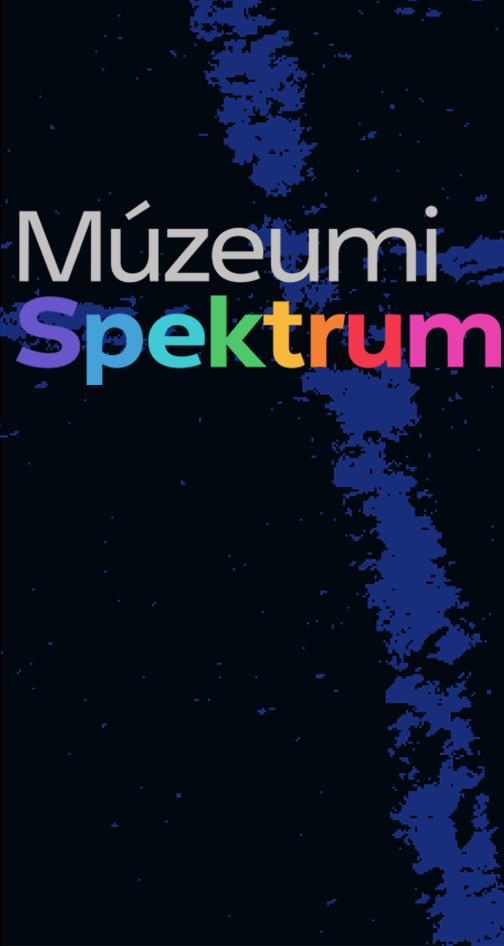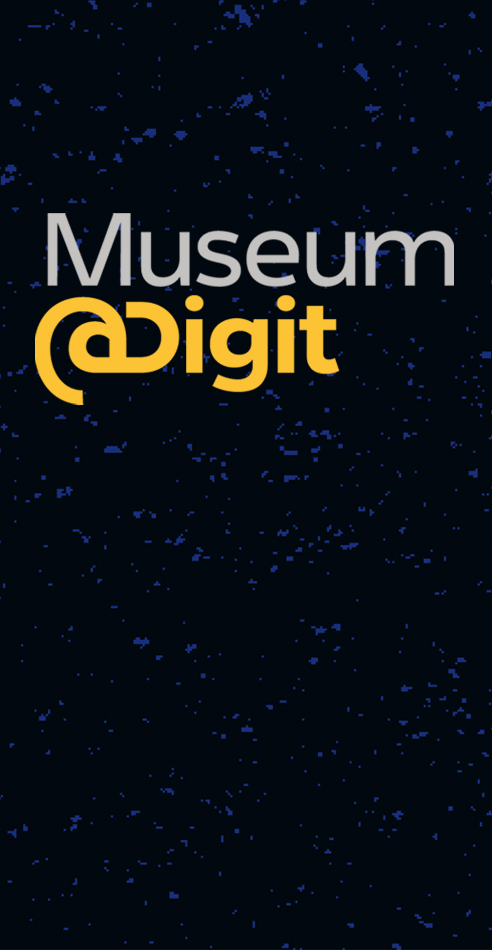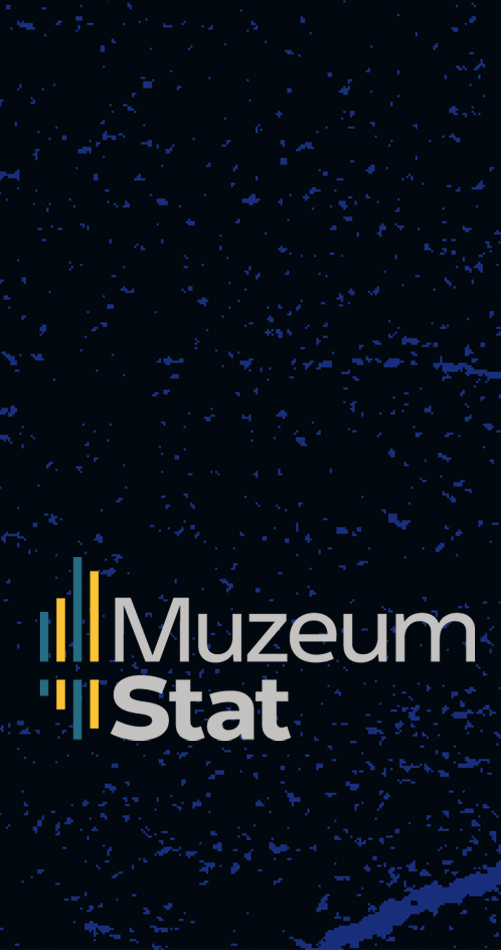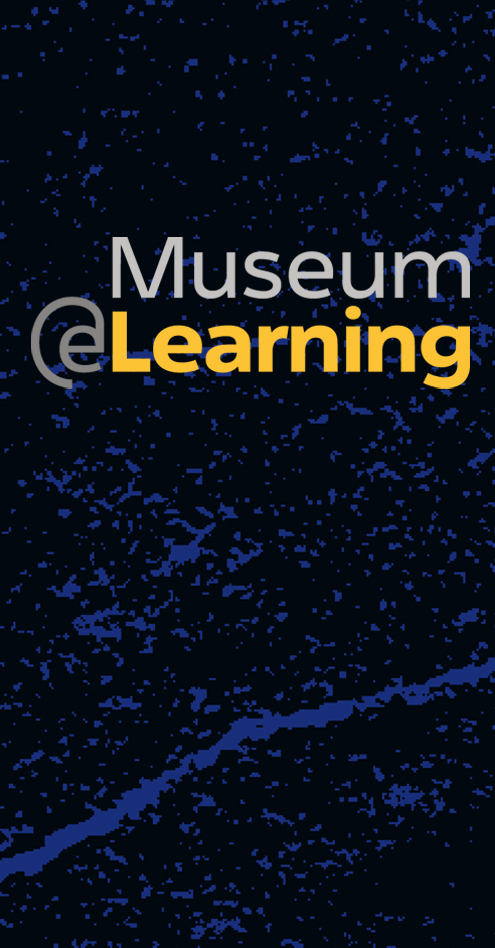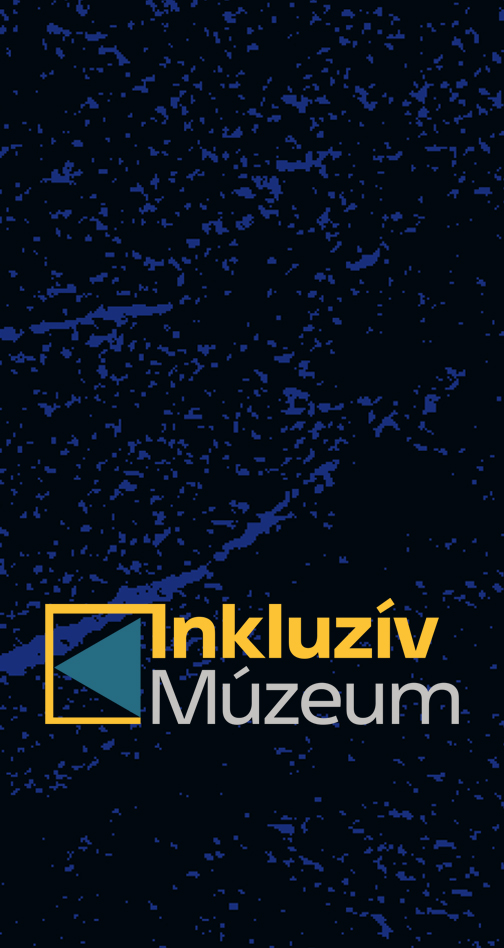The collection of the Hungarian Natural History Museum (HNHM) is one of the largest, internationally recognised and used asset in Hungary.
Though formerly HNHM was among the early birds in the field of museum informatics, nowadays it is behind the current international accomplishments. The successful closing up can only be relied on following the standards both regarding the production and accessibility of digital contents. HNHM participated in several EU research projects (Fauna Europaea, Synthesys, EDIT etc.) and also in the fields of digital content production and publishing mostly via the EU Best Practices Networks actions. Results of the later ones are accessible via Europeana. The Biodiversity Heritage Library Europe is the EU contribution to an American initiative enriching the BHL standards, protocols, tools and content. The main aim of the project is to make accessible the formerly published analogue biodiversity information to anyone by the better harmonisation of the European digital libraries. The accumulation of experiences during the production of this vast amount of content help us to formulate a long-term national digitalisation and data preserving strategy.
STERNA (Semantic Web-based Thematic European Reference Network Application) project’s aim was to improve the access to natural history and history of science content deposited in the European Digital Library by semantic enriching the datasources. The success of digital contents recovery based on well-structured associated metadata fulfilling various standards. The enriching of these metainformation supporting the reinterpretations of content can be accomplished not only by experts but also by the wider public. With the advent of novel consumption changes in education and popular science the refashioning of natural history contents is essential. Within the framework of the project Natural Europe digital representation of collection objects and their multilingual descriptions were prepared for the public. On a separate portal using the natural history assets of Europeana complex museum education pathways were prepared by the participating European natural history museums.
